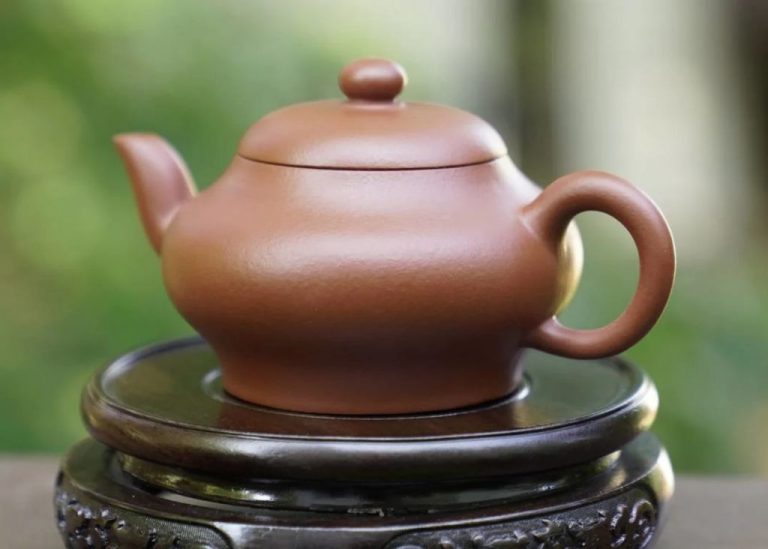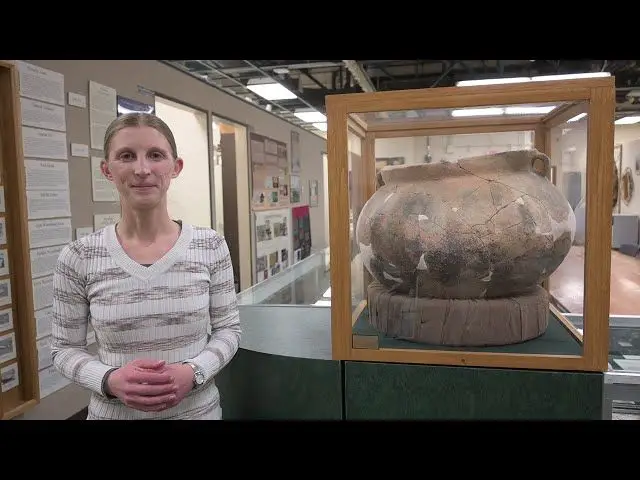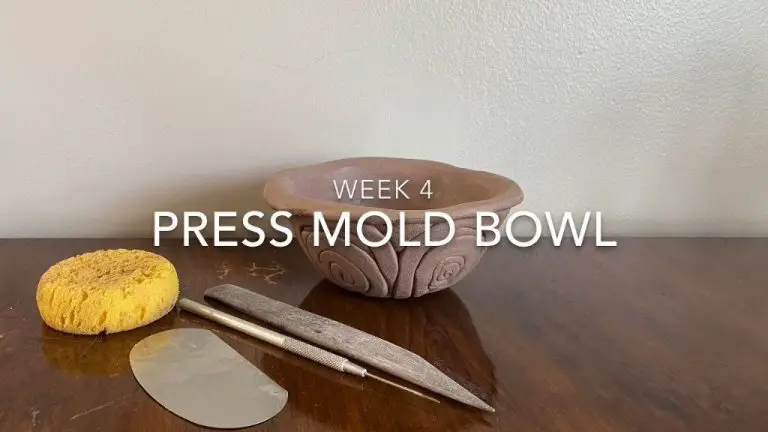Can You Make Oil Based Clay Permanently Hard?
Oil based clay (also known as modeling clay or plasticine) is a material made from a mixture of waxes, oils, crayons, and clay. Unlike water based clays, it remains permanently soft and malleable. However, there are methods and techniques to harden or “cure” oil based clay to permanently harden sculptures or figures.
Oil based clays are prized for their bright colors that don’t fade or bleed, resistance to drying and crumbling, and ability to blend smoothly. This versatility makes oil based clays extremely popular for a wide range of art projects. Their unique properties, however, mean oil based clay requires some special handling compared to other clays.
Pros and Cons of Oil Based Clay
One of the main advantages of oil based clay is that it stays soft and malleable compared to other clays. This makes it easy to continue manipulating a sculpture over multiple sessions without the clay drying out or becoming stiff. Oil based clays do not harden significantly even when left out overnight.
The main disadvantage is that oil based clay needs to be cured in some way for the sculpture to become hard and permanent. Leaving an oil based clay sculpture out without any curing will result in a sculpture that remains sticky, tacky or soft. This makes it susceptible to damage. Curing is necessary before any painting or other finishing can be applied.
Drying vs Curing
There is an important distinction between drying oil based clay and properly curing it. Simply allowing oil based clay to dry, or exposing it to air for a period of time, will only make the clay temporarily hard. The oil and components in the clay have not undergone the full chemical reaction to reach a permanent hardness.
Curing is the process that causes all of the materials and polymers in oil based clay to crosslink and permanently harden. Properly curing polymer clay requires applying and maintaining adequate heat over time in order for the chemical reaction to complete. Once fully cured, the clay cannot return to its soft state again.
When clay is just air dried, even if it becomes quite rigid, it still contains oils and plasticizers that can migrate and make the clay soft again when exposed to heat or prolonged contact. Fully cured polymer clay has formed the polymer chains necessary to prevent softening and withstand normal use over years.
How to Cure Oil Based Clay
There are a few methods for curing oil based clay to make it permanently hard. Three of the most common and effective approaches are using heat (baking), air drying, and applying a layer of polyurethane over the dried clay.
Baking
Baking is one of the most reliable ways to fully cure oil based clay. With most clays, baking at 275°F for 15 minutes per 1/4 inch of thickness is sufficient to permanently harden the material. The clay should be baked until there is no tackiness remaining to ensure that the chemical reaction has fully completed.
Air Drying
Oil based clays can be air dried at room temperature to cure them. Laying clay out in thin layers will allow it to dry and harden most efficiently. Depending on humidity and temperature, air drying can take anywhere from 24 hours up to one week or more. And humidity may impact the curing process and final hardness.
Polyurethane
Applying a coat of polyurethane varnish over any air dried oil based clay will help it to become waterproof and very hard. The polyurethane will soak into the surface and create a protective layer over the clay. For best results, allow the clay to air dry completely before using polyurethane.
Baking to Cure
Baking is one of the most popular methods for curing oil based clay. When baking the clay, the following factors should be considered:
Temperature
The ideal temperature range for baking oil based clay is 130°F to 275°F. Baking at lower temperatures (130°F – 200°F) will result in partial curing while temperatures in the upper range (250°F – 275°F) will fully cure the clay.
Time
The baking time depends on factors like the thickness and size of the clay sculpture. For a 1/4″ thick piece, baking at 130°F for 1 to 2 hours, at 200°F for 15 to 30 minutes, or at 275°F for 5 to 10 minutes is recommended. Larger, thicker pieces will require more time.
Results
When oil based clay is properly baked at a high enough temperature for an adequate duration, the clay undergoes a chemical reaction and becomes hard permanently. The finished product resembles porcelain or ceramic with a hard, durable finish. Overbaking may result in burning or scorching.
Air Drying
Air drying is the most natural method to cure oil-based clay and doesn’t require any additional materials. However, the process can be time-consuming.
Simply leave your oil clay sculpture out on an air-drying surface at room temperature. Make sure the environment isn’t too humid as excess moisture can be problematic for drying. It can take upwards of 2-4 weeks or longer for oil clay to fully cure and harden through air drying. The thicker the clay, the longer the required dry time.
You can speed up the process by placing your sculpture near a sunny window or using a fan to circulate air. Just avoid direct heat sources like hot lights or fireplaces which can melt the clay. You also want to maintain the original shape during the air drying process, so do not rest on soft surfaces or stack other items on top.
The patience required makes air drying more suitable for smaller and simpler oil clay sculptures. But with enough time, air exposure will permanently harden oil-based clays.
Using Polyurethane
Polyurethane is a common choice for sealing and protecting oil based clay sculptures. There are several types of polyurethane that work well:
- Gloss finish polyurethane – Provides a smooth, glass-like shiny finish.
- Matte finish polyurethane – Has a flat, non-reflective finish.
- Satin finish polyurethane – Somewhere between gloss and matte.
To apply polyurethane:
- Ensure your clay sculpture is fully cured before applying any protective finish.
- Lightly sand the surface to help the polyurethane adhere.
- Wipe away any dust with a tack cloth.
- Brush or spray thin coats of polyurethane, allowing full drying time between coats.
- Apply at least 3 coats for best protection, lightly sanding between coats.
Polyurethane forms a plastic-like seal to protect the clay underneath. Over time it may get scratched or dull, requiring reapplication.
Other Curing Methods
Mod Podge and varnish are two alternative curing options for air dry polymer clay that produce a hard, permanent finish:
Mod Podge
Applying one or more coats of Mod Podge® Clear Acrylic Sealer, Gloss or Satin provides a waterproof, permanent surface over polymer clay. Mod Podge includes acrylic polymer (PVA) and will not “break down” even with handling.
Varnish
Water-based polyurethane or acrylic varnish products also cure and seal polymer clay effectively. Artist’s varnish like Liquitex® or Winsor & Newton® brands produce a durable, hard finish that protects the clay. Be sure to choose an water-based varnish rather than oil-based for proper sealing and curing.
Tips for Successful Curing
Properly curing oil-based clay requires care and patience. Here are some tips:
Condition of clay: Make sure your clay is smooth and free of cracks before curing. Knead well to mix ingredients, remove air bubbles, and achieve an elastic, uniform texture.
It’s important that the clay is not too moist or sticky before curing. If needed, let it sit exposed to air for a while to stiffen up. The surface should be dry to the touch without being brittle.
Environment: Ensure ideal temperature and humidity in the curing area. Aim for room temperature around 20-23°C. Too hot or too cold can affect the curing process. The environment also shouldn’t be too dry or too humid.
Work in a dust-free spot and keep the clay protected as it cures. Any debris that gets embedded can leave marks later when painting or glazing your sculpture.
Conclusion
As we have discussed, there are a few effective methods for permanently curing oil-based clay to make sculptures or items that will remain hardened. The most common methods include baking the clay in an oven or air drying over a prolonged period. You can also brush on protective layers like polyurethane for an added layer of hardness and protection.
Summary of methods: Baking is fastest and most reliable but requires an oven. Air drying works but takes a long time – up to several weeks or months. Using a sealant like polyurethane works well as an additional hardening step after initial air drying or baking. When baking, follow package directions closely and bake at the proper temperature.
Final tips: Make sure clay is conditioned properly and has been allowed to firm up a bit before baking or applying protective layers. Let clay cool fully after baking before handling. Check for uncured areas in air dried sculptures and consider a short baking time to ensure full hardness. Handle cured clay items gently since they can still chip or crack if thin or exposed to blunt force.



